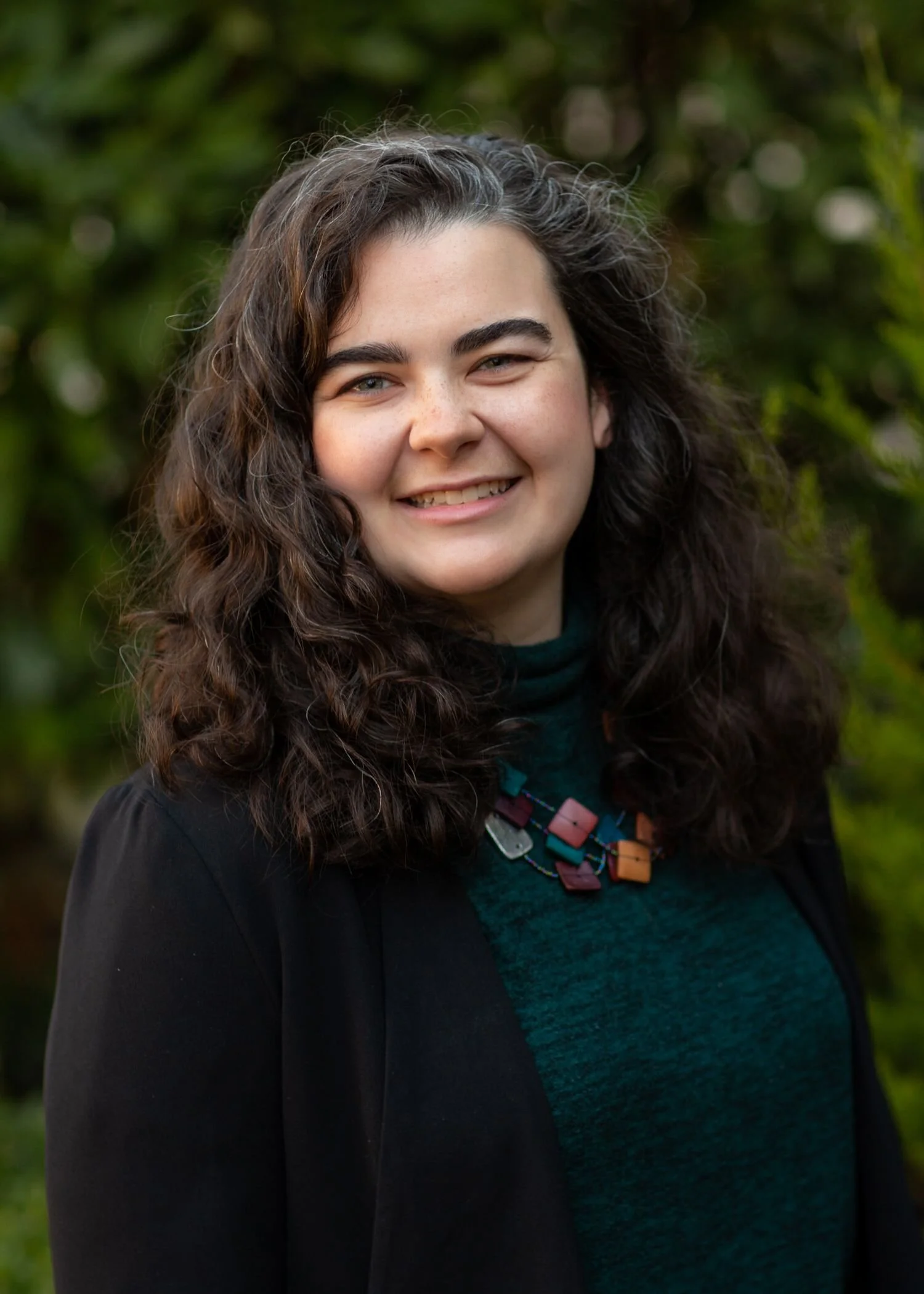Interview with artist Bryan Frazier
Bryan Frazier is a native Arkansan working in Little Rock. He is a multitalented painter, musician and filmmaker. He describes his approach to abstract painting and drawing as engaging in battle with the canvas. The result is richly textured color-play and movement. More of Bryan’s work can be viewed at M2 Gallery in Little Rock and at his website bryanfrazierart.com.
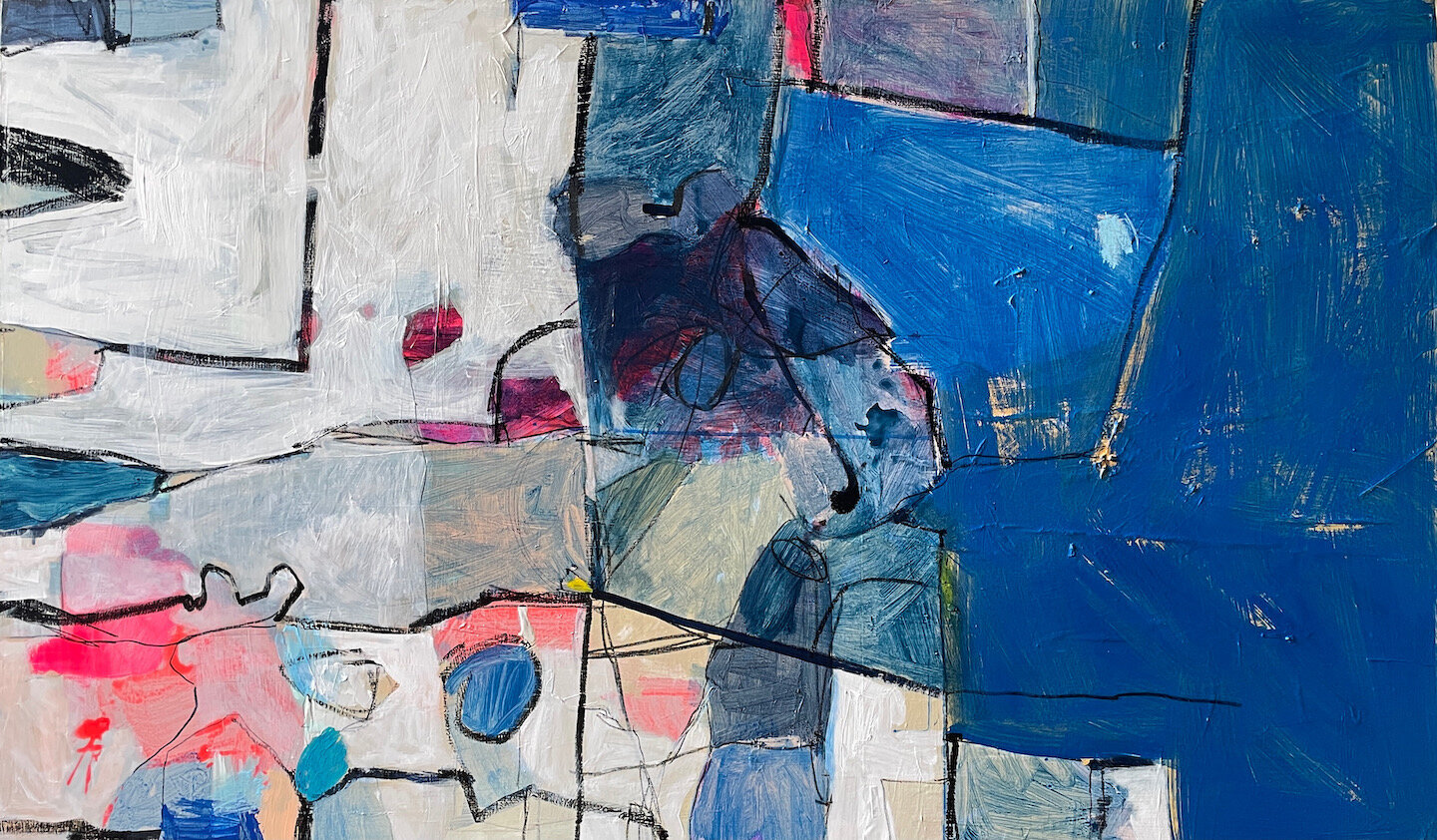
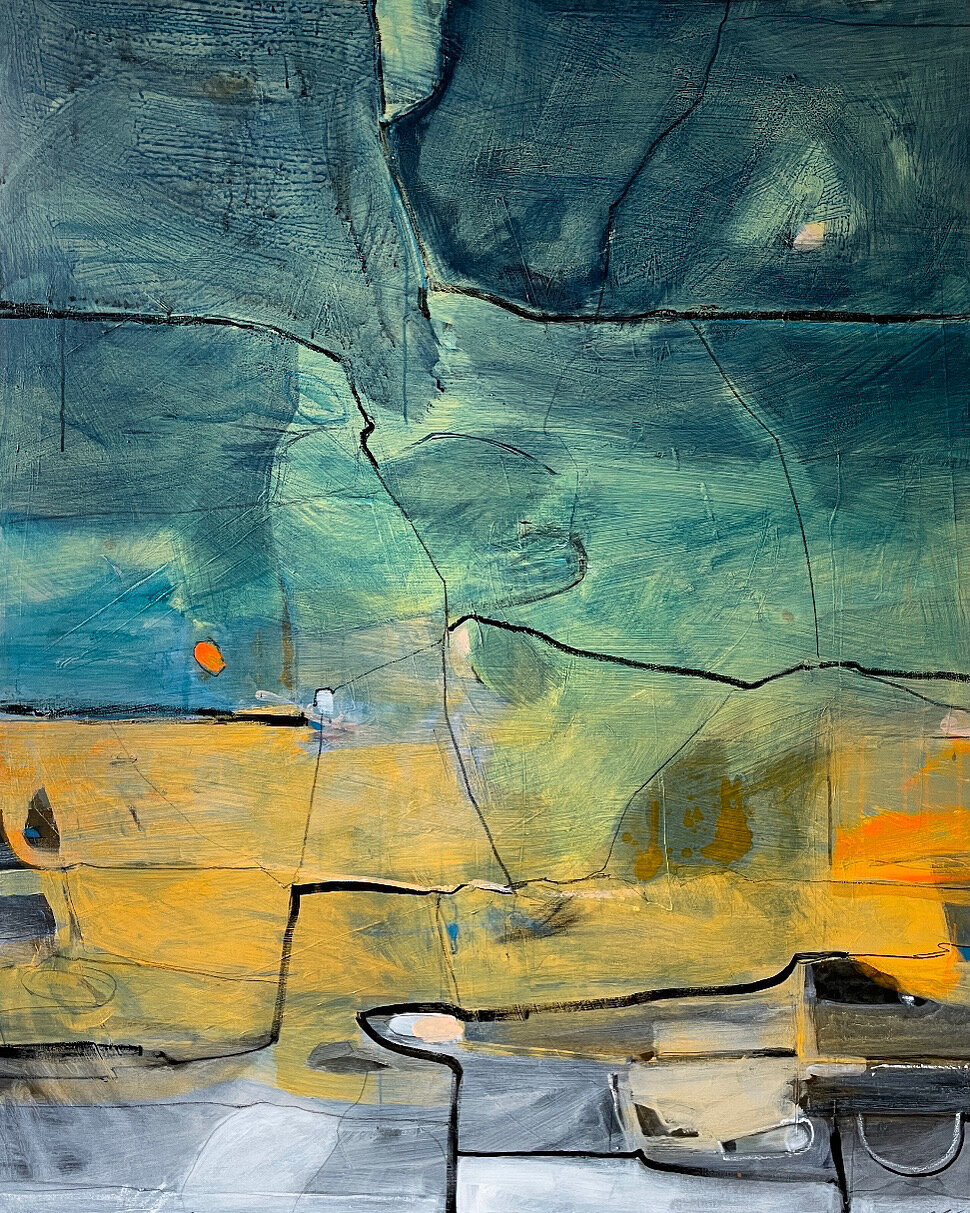
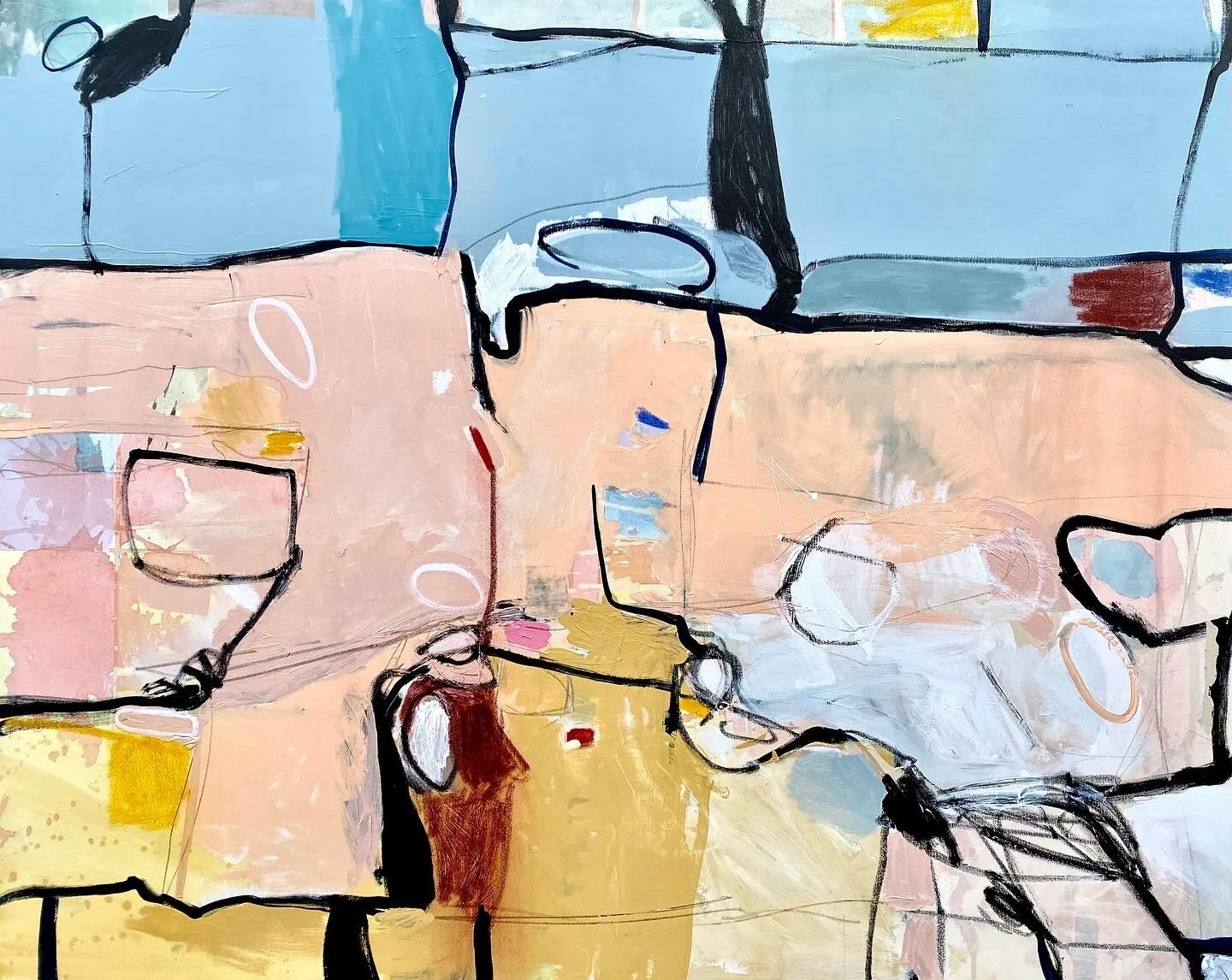
AAS: Bryan, I believe you grew up in Arkansas? Where exactly?
BF: I did grow up in Arkansas. Hot Springs specifically. I graduated from Henderson State with a BFA in drawing and painting with a minor in photography. I could always draw as a kid. I think sometime around the 7th grade I decided I wanted to do more with art just because I wasn't very good at anything else in high school except tennis. I obviously wasn't going to be a professional tennis player…
AAS: How did you establish your art practice after college?
BF: I was more into music than art when leaving college. I moved to Dallas to be in my first band and have been active in music in one form another ever since. My art career didn’t really exist until Mac Murphy at M2 Gallery inspired me to embark on my first commission series consisting of 35 small works for a car dealership. It was my first time to work with a professional designer and it was the beginning to my art career as it is it today.
AAS: Your work is primarily abstraction and I really like the way you use line to create boundaries and almost lead the eye around the painting.
BF: Line is my favorite art element. Line is always the beginning and the end of my work. I start out with a drawing of some sort and throughout the process of layering, lines are the usually the last thing I add to complete the piece. Leading the eye around the painting is exactly what good line work should do, I believe. At least that’s what they teach you in art school. I try not to leave any area under-utilized. I believe it should all work together as positive and negative space with line tying it together.
Delta Park 41, 48” x 60”, mixed media on canvas
AAS: When working with a client on a commissioned abstract work, what is the conversation like? It is about color palette or shape or movement?
BF: We usually work with designers directly. They often have an idea of what they want that stems from one of my pieces that they like but maybe isn't the right fit. They will say I like this one but could you do one similar with more green, or in a different size. It's almost always size and color specific.
AAS: Some of your paintings have elements of representation sort of hidden away. I am thinking about Blind Contour. Its coloration is marvelous and the more I look at it the more I discover.
Blind Contour, 72” x 55”, mixed media on canvas
BF: The Blind Contour Series was my first successful series. It’s based on most students’ most hated exercise and one of my favorites. The exercise teaches you to see only the subject you are drawing and to forget what’s on the paper. That left brain, right brain thing. In doing so, the lines are organic and free and your right brain is in complete control. The idea is that over time, after many exercises, you begin to uncover your working surface and start to draw looking at the paper a little bit at a time. Eventually you should be seeing what you are drawing and not letting the left brain try and tell you what you should be drawing from memory especially of familiar objects or faces etc. For my Blind Contour pieces though, I would always just use the blind contour lines as a base and continually work over them in layers.
The Secret Police, 24” x 18”, mixed media collage on paper
AAS: You have also done some mixed media collage pieces. One is called The Secret Police. What inspired that piece?
BF: The Secret Police and another piece, Kampa Park, were inspired by the John Lennon Wall in Prague. When posting them for the first time I wrote: “These mixed media collage pieces and screen print series hope to explore the relationship between graffiti, legal authority and its historic relationship with modern and European architecture most notably the Lennon Wall in Prague.” I’m also involved with development and community relations in my spare time. I founded the Little Rock Arts District N.A. a couple of years ago and in these efforts, we strive to make connections similar to what is expressed in these pieces -the connection between architecture, graffiti/art and legal authorities/communities. At the time I created these two works, I was in the process of selling my studio and moving more in a developmental phase of the neighborhood.
Kempa Park, 24” x 12”, mixed media collage on paper
AAS: In 2020 you had a solo show at Thea Foundation titled Battlefields. Was that done virtually?
Battlefields, 48” x 48”, mixed media on canvas
BF: Battlefields at Thea Foundation was in February of 2020, so we barely missed the pandemic. I have jokingly referred to it as “the last art show”. I have been a part of and attended many art shows, and I have to say the Thea show was one of the most meaningful. It happened to be a perfect evening and a packed house. I was overwhelmed that so many friends and family came out. I can’t wait for the next solo show and to attend others post pandemic.
I used the title battlefields in reference to the process of my work. The way the colors and lines almost compete to be seen, it can be thought of a battlefield of sorts. Elements are created and destroyed until what remains is the final image. I often work on multiple pieces at once, so sometimes certain little areas of pieces take on personalities that I grow fond of. I think to myself that this area probably will need to remain, which isn't exactly a good habit to get into, but when that area gets covered up or 'destroyed' in some way, it can leave doubt and uncertainty. I just have to push forward and work to make the composition complete.
AAS: Your work has been selected for the Delta Exhibition several times, most recently in 2019. What is the Delta Experience like?
Yellow Blind Contour, 48” x 36”, mixed media on canvas, 2019 Delta Exhibition
BF: The Delta experience really is phenomenal. The first year I was accepted, was very thrilling just having my work in an art museum but also The Delta is very well put together. The programming is exceptional, and the food and music are top notch. Most of the central Arkansas art community is there also. It was always a great time to catch up with those who I didn’t get to see often and congratulate fellow attendees and award winners.
I honestly don't remember why I entered Yellow Blind Contour. I thought it was strong, and just entered it. The thing about the Delta is that it's always a crap shoot knowing that the judges/curators are often unknown and different every year.
AAS: But your work has not always on been abstraction. You did a series of screen print and watercolor images – the same image colored in different ways – in a very Pop Art style. Would you talk about those?
Brigitte, 51” x 40”, screen print and watercolor on paper
BF: My first love in art was Warhol. I will always be fascinated by not only his screen print and installation work but also his legacy in the film, music, and cultural world. Andy was so successful in combining his talents into one vision. I am also a musician and filmmaker and I often look to the way he balanced his projects and the way they inspired and leaked into one another. My screen print work is a nod to him of course but also to film noir and 60’s rock music and pop culture.
AAS: In July, Soireé Magazine named you as an artist to watch. Why do you think you have been so successful?
BF: I was flattered and a little surprised by the Soireé article honestly. Their team was extremely kind and professional, and it was so much fun to work with them. I try to stay fresh and not linger on one series, palette, or style too long, because you never know what the client might be needing or where trends are headed. Mac at M2 has been pivotal in selling and guiding my work. He and I have been working together for almost 15 years and he’s become family to me. We have a seamless process of working with designers and communicating about the direction of my work. He is the very best in the art gallery business and I’m lucky to be a part of it.

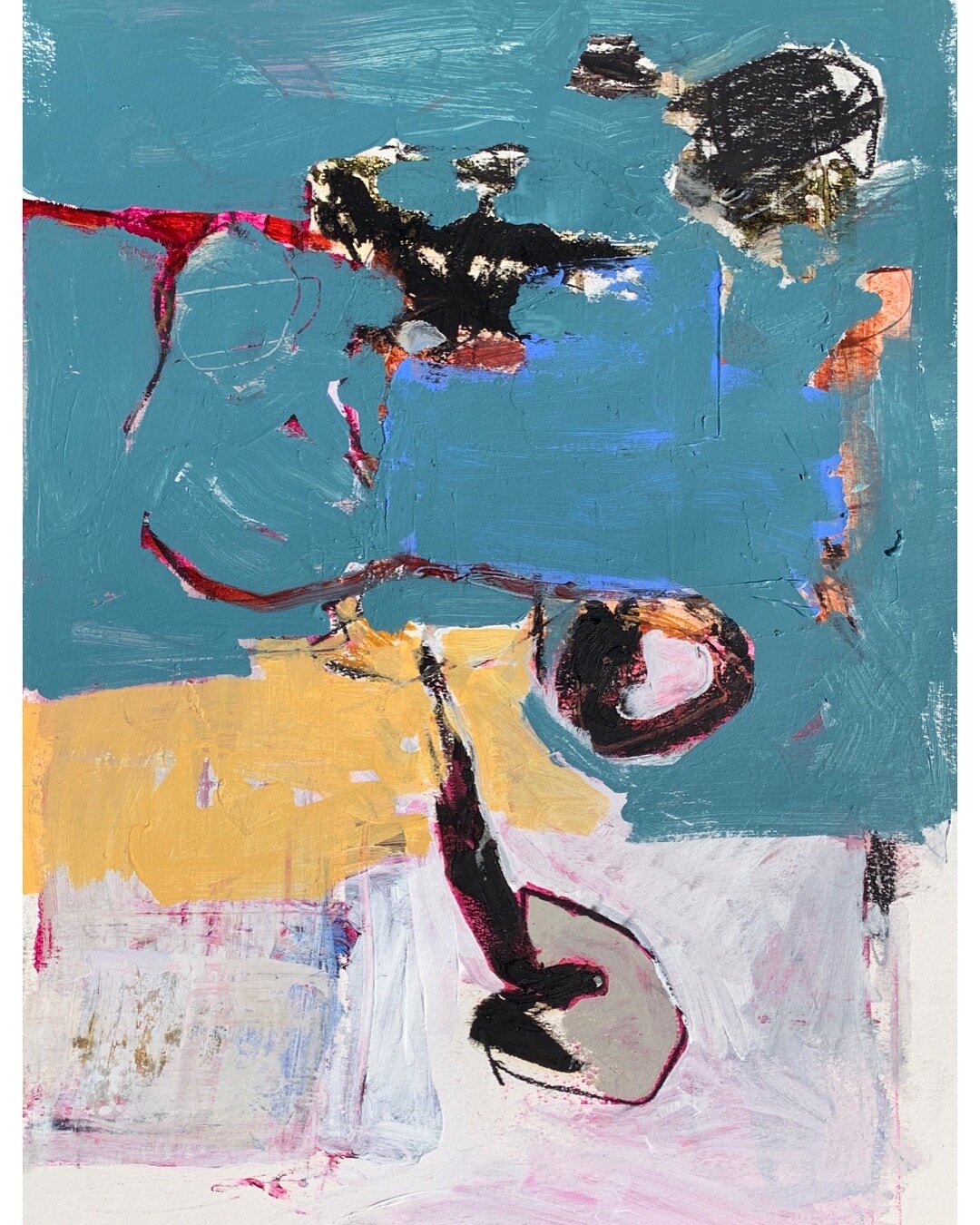
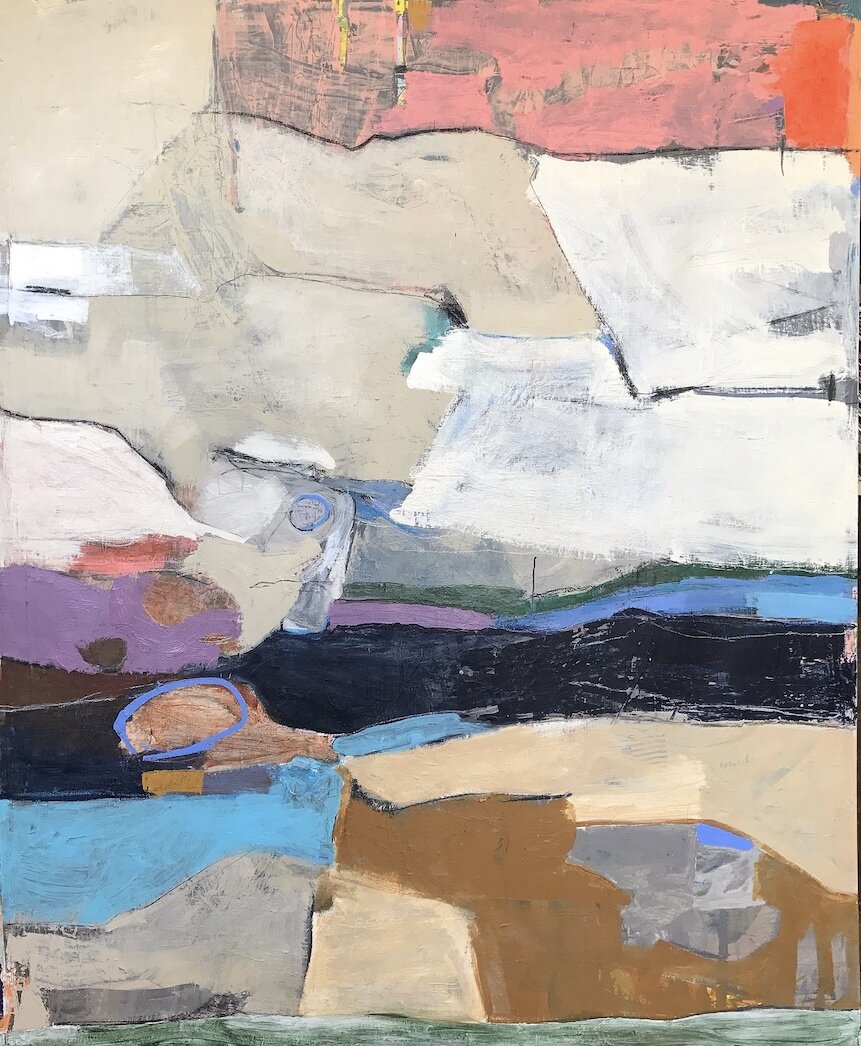
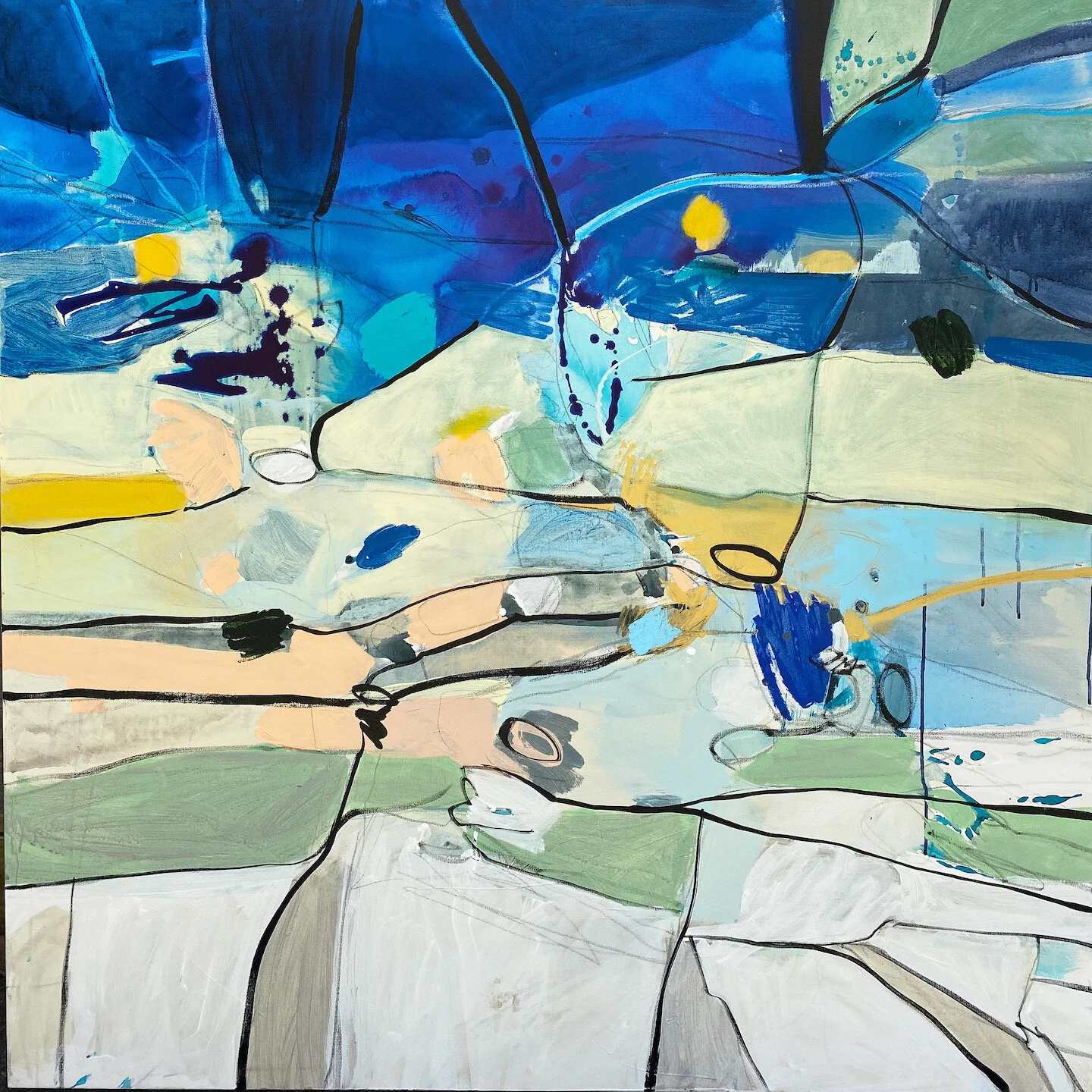
AAS: How do you hope viewers will react when they see your work? What do you hope a viewer will see?
BF: My hope is that viewers will see many things in my work. I hope they notice my line work, color choice and spatial composition. I also hope they see the layering and how the colors work on top of and through each other. My work is elemental and a direct visual record of the process. I also hope it inspires someone else to create, or starts a conversation about art, music or film.
AAS: You mentioned being a musician and filmmaker. Would you talk more about that?
BF: I have been a singer-songwriter for longer than I have been doing art. I've released several works over the years and performed many shows. I am currently working on a new music project called Diamond States. Last year I started a film company and produced a short film called Shattered Dreams with screenwriter/director TJ Deeter. Diamond States released a music video of the 80s cover song Shattered Dreams that serves as the film’s trailer. I also co-wrote and provided the soundtrack to the film. Our short film is currently selected for the Arkansas Cinema Societies Filmland Arkansas Film Fest and is showing now online.



